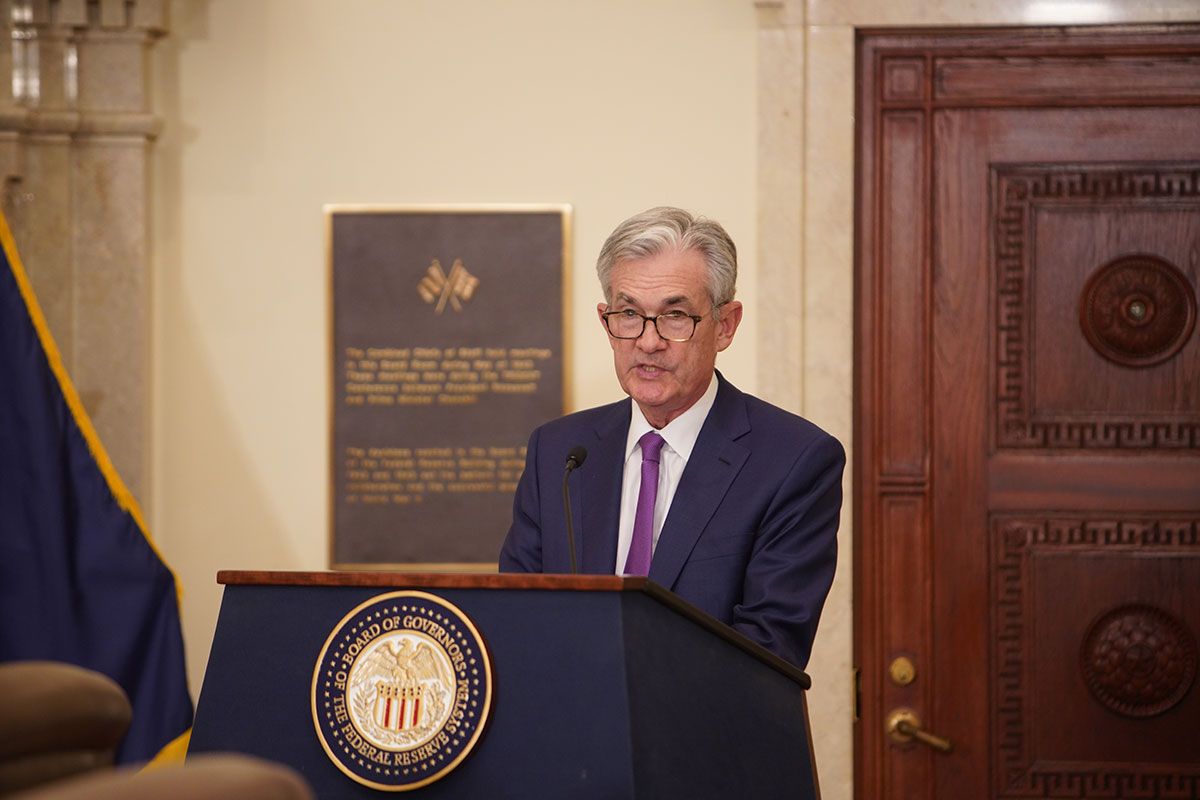BREAKINGVIEWS-Premium-plastic battle risks race to the bottom

By Sebastian Pellejero
NEW YORK, Aug 12 (Reuters Breakingviews) - Plastic is getting more fantastic, but also more fanciful. As prestige-level credit card issuers crank up fees while inflation eats away at benefits, any whispered status that's conferred will start to fade.
Opulent consumer lending has become a fierce battleground. Citigroup C.N last month unveiled a new $595-a-year Strata Elite card, fresh on the heels of JPMorgan’s JPM.N decision to jack up the annual fee for its Chase Sapphire Reserve by 45%, to $795. American Express AXP.N is preparing to overhaul its flagship Platinum card, which costs $695, while Capital One undercuts them all with the $395 Venture X.
For some companies, the economics sparkle. Big spenders generate hefty swipe fees, rarely default and form a captive audience for money-management advice and other product pitches. Some 98% of Chase’s cardholders have stuck around each year since 2019, one of the highest loyalty rates in finance. Card fees at AmEx have risen 17% annually over the same span, helping sustain a 36% return on equity.
The number of customers splashing out for travel and dining extras is relatively small, however. Fewer than one in six U.S. card accounts carry an annual fee, typically around $105, according to the Consumer Financial Protection Bureau. Only 6% of users surveyed by Bank of America said they pay more than $500 a year, meaning it’s a battle at the wealthy end of the curve.
Wooing this group requires increasingly lavish perks, such as private jet credits and Peloton classes, to justify the upfront fee. Every extra prize chips away at the issuer’s profit margin unless cardholders spend more. The complexity involved with redeeming rewards also can frustrate customers, hurting a card’s perceived value.
The math is also losing appeal. As of 2023, cardholders held roughly $34 billion of unredeemed points, whose buying power has slipped by about a fifth since 2018. This erosion fosters churn, especially among prized younger cohorts. More than a third of millennials opened a new card account over the past year, often motivated by added bonuses for signing up. Before long, artificial intelligence should make it easier to find the best deals and switch. Nearly half of customers also do not pay off monthly balances, resulting in interest charges that turn rewards into a net cost.
In the United States, the richest 10% account for about half of consumption, making them prime targets for banks. If points inflation keeps outpacing perks inflation, however, luxury cardholders will feel less like VIPs and more like coupon clippers. This cutthroat competition at the top risks triggering a race to the bottom.
Follow Sebastian Pellejero on LinkedIn.
CONTEXT NEWS
Citigroup on July 28 unveiled a new premium credit card, the Strata Elite, in the United States, with a $595 annual fee and promising access to $1,500 worth of benefits each year.
JPMorgan Chase said on June 23 it was increasing the annual fee for its rival Sapphire Reserve card to $795 from $550 while touting more than $2,700 of “cardmember value” per year.
American Express said on June 16 it would be make its largest investment ever to refresh its flagship Platinum cards.






